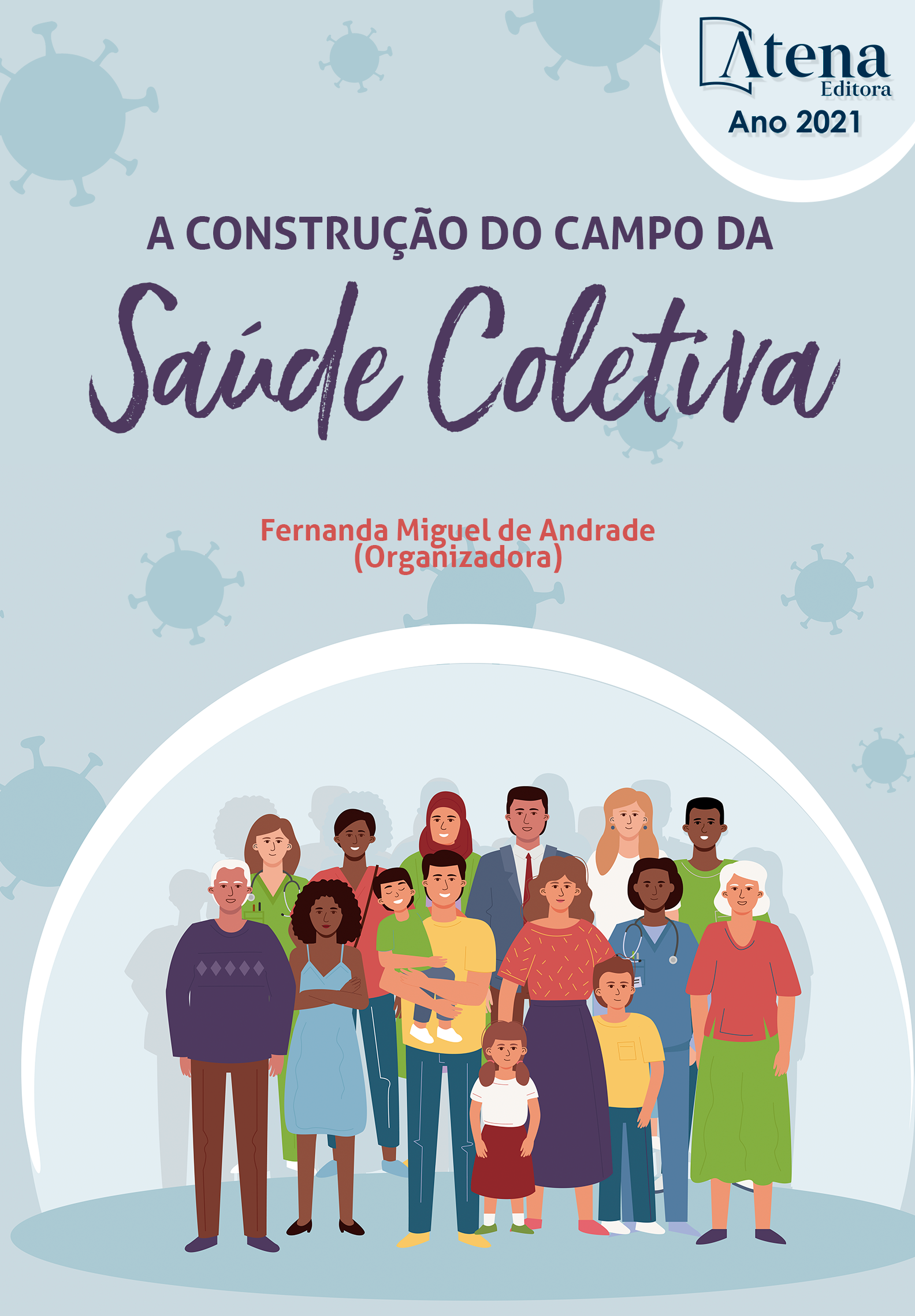
VIOLÊNCIA DOMÉSTICA INFANTIL: UMA ÁNALISE DE DADOS DE NOTIFICAÇÃOE DE ESTRATÉGIAS DA ATENÇÃO PRIMÁRIA
Introduction: The child, in the past, was a miniature adult, devoid of autonomy and individuality, with no attention to its growth and development, being common child labor and abandonment. In Brazil, the situation was similar until the 1940s, when projects for the mother and child's health care began to emerge. The National Policy for Integral Child Health Care (PNAISC) was created in 2015, containing 7 strategic axes aimed at the growth and development worthy of Brazilian children. The objectives of this work are to analyze the PNAISC, investigate the risks, consequences and data of compulsory notification of child violence and identify technical-political actions and primary care in relation to this reality. Method: This was a literature review on health policies related to children, analysis of data on compulsory notification of child domestic violence and actions of primary care in cases of violence. Results: The pillars of the PNAISC that most accommodate cases of child violence are iii, v and vii, which, respectively, are related to the monitoring of integral development, promotion of the culture of peace and surveillance of infant death. There are 4 main types of child violence: physical, psychological, sexual and neglect or abandonment. All these violences lead to psychological, social and development consequences that can impact adulthood. According to notification data collected, the main type of violence is neglect and abandonment in the age group of 1 to 4 years, and the largest agent of aggression is the mother, followed by the father. The creation of guides for health professionals and families is an important technical-political action to combat violence; the number of notifications increased rapidly from 2016 to 2017, and it is estimated that this increase can be explained mainly by the implementation of Ordinance No. 2,436 of 2017. In primary care, the role of nurses and staff is to welcome the victim and family individually according to the type of case, filling out the notification form and, if necessary, referring the child to the appropriate services. Conclusion: The main violence is negligence or abandonment coming mostly from the mother or father. Primary care should perform prenatal care with psychological follow-up and presence of the father in consultations, in addition to making more frequent visits and during a longer period to identify risks. It is necessary to encourage the creation of greater family bonding and healthy relationships.
VIOLÊNCIA DOMÉSTICA INFANTIL: UMA ÁNALISE DE DADOS DE NOTIFICAÇÃOE DE ESTRATÉGIAS DA ATENÇÃO PRIMÁRIA
-
DOI: 10.22533/at.ed.63321170520
-
Palavras-chave: violência; infância; negligência; abandono; atenção primária
-
Keywords: violência; infância; negligência; abandono; atenção primária
-
Abstract:
Introduction: The child, in the past, was a miniature adult, devoid of autonomy and individuality, with no attention to its growth and development, being common child labor and abandonment. In Brazil, the situation was similar until the 1940s, when projects for the mother and child's health care began to emerge. The National Policy for Integral Child Health Care (PNAISC) was created in 2015, containing 7 strategic axes aimed at the growth and development worthy of Brazilian children. The objectives of this work are to analyze the PNAISC, investigate the risks, consequences and data of compulsory notification of child violence and identify technical-political actions and primary care in relation to this reality. Method: This was a literature review on health policies related to children, analysis of data on compulsory notification of child domestic violence and actions of primary care in cases of violence. Results: The pillars of the PNAISC that most accommodate cases of child violence are iii, v and vii, which, respectively, are related to the monitoring of integral development, promotion of the culture of peace and surveillance of infant death. There are 4 main types of child violence: physical, psychological, sexual and neglect or abandonment. All these violences lead to psychological, social and development consequences that can impact adulthood. According to notification data collected, the main type of violence is neglect and abandonment in the age group of 1 to 4 years, and the largest agent of aggression is the mother, followed by the father. The creation of guides for health professionals and families is an important technical-political action to combat violence; the number of notifications increased rapidly from 2016 to 2017, and it is estimated that this increase can be explained mainly by the implementation of Ordinance No. 2,436 of 2017. In primary care, the role of nurses and staff is to welcome the victim and family individually according to the type of case, filling out the notification form and, if necessary, referring the child to the appropriate services. Conclusion: The main violence is negligence or abandonment coming mostly from the mother or father. Primary care should perform prenatal care with psychological follow-up and presence of the father in consultations, in addition to making more frequent visits and during a longer period to identify risks. It is necessary to encourage the creation of greater family bonding and healthy relationships.
-
Número de páginas: 15
- Giovana Ornelas Bassanelli
- Luísa Cristina Azevedo Folli
- Samara Silva de Alcantara
- Victória Alves da Silva
- Evanice de Jesus Santos


